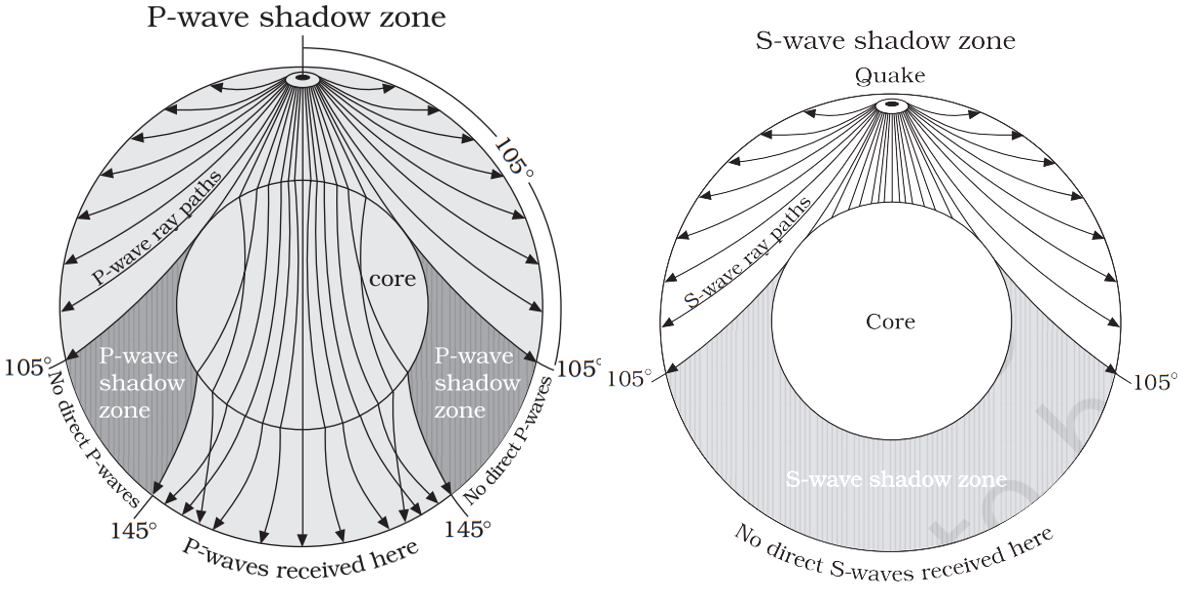Chhattisgarh Switch to Hindi
Solar-Powered Model Tourism Village in Chhattisgarh
Why in News?
Dhudmaras village in Chhattisgarh is emerging as a solar-powered model, boosting infrastructure and enriching rural tourism.
- It was recognized as one of the world’s top tourism villages among 20 global villages by the United Nations World Tourism Organization (UNWTO) in 2023.
Key Points
- About the Dhudmaras:
- It is situated in Kanger Valley National Park, Bastar district, approx. 350 km from Raipur.
- The village is known for its lush greenery, rich biodiversity, the picturesque Kanger River, and the vibrant tribal culture of the Bastaria community.
- It is popular for adventure activities like trekking, kayaking, and bamboo rafting.
- Awarded as one of the "Best Tourism Villages" in Bastar by the Union Ministry of Tourism on World Tourism Day 2023.
- Solar Power Initiatives:
- The Chhattisgarh Renewable Energy Development Agency (CREDA) has installed solar pumps, high-mast and street lights, and powered local schools in Dhudmaras.
Kanger Valley National Park
- Location: Situated 27 km from Jagdalpur in Bastar district, Chhattisgarh.
- Ecological Significance: Lies in a transitional forest zone, where the southern limit of sal forests and northern limit of teak forests overlap.
- Features both moist peninsular sal forests and South Indian tropical moist deciduous forests.
- Biodiversity: Hosts a wide variety of wildlife including panthers, wild cats, cheetal (spotted deer), sambhar, barking deer, wild pigs, jackals, langurs, rhesus macaques, sloth bears, flying squirrels, hyenas, and civets.
- Reptiles such as pythons, snakes, and lizards are commonly found.
- Rich in birdlife, including birds of prey, scavengers, water birds, and the Bastar Hill Myna — the state bird of Chhattisgarh.
- Insects like butterflies, moths, and dragonflies, along with bryophytes and pteridophytes, are also prevalent.
- Natural Attractions:
- Includes major attractions such as Tirathgarh Waterfall, Kutumsar Caves, Kailash Gupha, and Bhisadarha.
- The Kanger River, flowing west to east, bisects the park and lends the valley its name.
- Conservation Status: Declared a National Park in July 1982 to protect its rich flora and fauna.
Jharkhand Switch to Hindi
27th Eastern Zonal Council Meeting at Ranchi
Why in News?
Union Home Minister Amit Shah chaired the 27th Eastern Zonal Council meeting in Ranchi.
- The meeting focused on development, federalism, security, and inter-state matters, with participation from Bihar, Jharkhand, Odisha, and West Bengal.
Key Points
- Key Highlights:
- TEAM BHARAT Vision: Emphasis on collective development of states to achieve the goal of a developed India by 2047.
- Promotes cooperative federalism and integration of central and state efforts.
- The meeting focused on long-pending inter-state issues related to Masanjore Dam(Mayurakshi River), Taiyabpur Barrage (Mahananda River), and Indrapuri Reservoir (Son River).
- The meeting addressed unresolved PSU-related asset-liability issues between Bihar and Jharkhand, with mutual steps taken toward resolution.
- Law and Order:
- Eastern states were urged to swiftly implement new criminal laws and hold regular National Narcotics Coordination Portal (NCORD) meetings to combat narcotics.
- Naxalism has significantly declined in Bihar, Jharkhand, and Odisha, with West Bengal declared Naxalism-free; India aims to be Naxalism-free by 3st March 2026.
- Discussion on National and Regional Development Issues: Key topics included Fast Track Special Courts (FTSC) for speedy trials, Emergency Response Support System (ERSS-112) rollout, rural banking access, and improvements in nutrition, education, health, urban planning, power, and cooperative systems.
- TEAM BHARAT Vision: Emphasis on collective development of states to achieve the goal of a developed India by 2047.
Zonal Council
- Formation: It was established under Sections 15 to 22 of the States Reorganisation Act, 1956.
- Leadership:
- It is chaired by the Union Home Minister.
- Chief Ministers, Lieutenant Governors (LGs), and Administrators from member states are members.
- One Chief Minister acts as Vice-Chairman on a yearly rotational basis.
- Membership: Two Ministers from each member state are nominated by the Governor to the Council.
- Five Zonal Councils:
- Northern Zonal Council: Includes Haryana, Himachal Pradesh, Jammu & Kashmir, Punjab, Rajasthan, the National Capital Territory of Delhi, and the Union Territory of Chandigarh.
- Central Zonal Council: Consists of Chhattisgarh, Uttarakhand, Uttar Pradesh, and Madhya Pradesh.
- Eastern Zonal Council: Comprises Bihar, Jharkhand, Odisha, Sikkim, and West Bengal.
- Western Zonal Council: Encompasses Goa, Gujarat, Maharashtra, and the Union Territories of Daman & Diu and Dadra & Nagar Haveli.
- Southern Zonal Council: Covers Andhra Pradesh, Karnataka, Kerala, Tamil Nadu, and the Union Territory of Puducherry.
- Standing Committees:
- Each Council has a Standing Committee led by Chief Secretaries.
- State-proposed issues are first reviewed here before being placed in the full Council meeting.
- The North Eastern States:
- Assam, Arunachal Pradesh, Manipur, Tripura, Mizoram, Meghalaya, and Nagaland- are not part of the Zonal Councils.
- Their unique issues are addressed by the North Eastern Council, established under the North Eastern Council Act, 1972.
- Assam, Arunachal Pradesh, Manipur, Tripura, Mizoram, Meghalaya, and Nagaland- are not part of the Zonal Councils.
Uttar Pradesh Switch to Hindi
Dhammachakra Pravartana Divas
Why in News?
Ashadha Purnima was commemorated with deep spiritual devotion at Sarnath by the International Buddhist Confederation (IBC), in collaboration with the Ministry of Culture and the Mahabodhi Society of India.
- The occasion marks Dhammachakra Pravartana Divas, celebrating Lord Buddha’s first sermon.
Key Points
- About the Buddhism:
- It is a spiritual tradition founded in the 6th century BCE by Siddhartha Gautama, who is known as the Buddha.
- It originated in India and has since spread across Asia and the world.
- The central aim of Buddhism is to overcome suffering and attain nirvana, a state of liberation and inner peace. This is achieved by following the Four Noble Truths:
- Life involves suffering (dukkha).
- Suffering is caused by desire and attachment.
- Suffering can end.
- The path to end suffering is the Eightfold Path.
- The Eightfold Path includes right understanding, intention, speech, action, livelihood, effort, mindfulness, and concentration.
- Buddhism emphasizes ethical conduct, mental discipline, and wisdom.
- Key concepts include karma (the law of moral causation), rebirth, and meditation.
- There are three major branches of Buddhism:
- Theravāda (practiced mainly in Sri Lanka and Southeast Asia)
- Mahāyāna (practiced mainly in China, Korea, and Japan)
- Vajrayāna (practiced mainly in Tibet and Mongolia)
- Important texts include the Tripiṭaka (Pali Canon) and various Mahāyāna Sūtras.
- The Dharma Wheel is a common symbol representing the teachings of the Buddha.
Major Buddhist Sites in Uttar Pradesh:
- Kapilvastu (Siddharthnagar): Childhood home of Buddha; where he saw the Four Sights that led to renunciation.
- Sarnath: Site of Buddha’s first sermon and formation of the Buddhist Sangha.
- Shravasti: Buddha spent 25 rainy seasons here; site of Jetavana Monastery and Twin Miracle.
- Sankisa: Believed to be the place where Buddha descended from heaven after teaching his mother.
- Kaushambi: Location of Ghositarama Monastery; important for Buddha’s teachings and Sangha training.
- Kushinagar: Site of Buddha’s Mahaparinirvana (death) and cremation under the Sal trees.
- Ramgram (Maharajganj): Contains the only untouched stupa with Buddha’s relics.
- Devadaha: Maternal home of Buddha’s mother, stepmother, and wife; place of early teachings.
Uttar Pradesh Switch to Hindi
UP Prohibition of Unlawful Conversion of Religion Act, 2021
Why in News?
The Enforcement Directorate (ED) has registered a case under the Prevention of Money Laundering Act (PMLA), 2002 related to an alleged religious conversion racket exposed in Balrampur, Uttar Pradesh.
- ED launched its probe after an FIR filed under the Uttar Pradesh Prohibition of Unlawful Religious Conversion Act, 2021.
Key Points
- Uttar Pradesh Prohibition of Unlawful Conversion of Religion Act, 2021:
- It aims to regulate religious conversions and prohibit conversions achieved by misrepresentation, force, undue influence, coercion, allurement, or any fraudulent means.
- Illegal conversion carries a standard punishment of imprisonment and a fine.
- Enhanced punishment of imprisonment and a fine applies if the victim is a woman, a minor, or belongs to a Scheduled Caste or Scheduled Tribe.
- Repeat offenders may face up to double the relevant punishment. Any marriage conducted for the purpose of unlawful conversion is declared void.
- Earlier, the Uttar Pradesh Legislative Assembly passed the Uttar Pradesh Prohibition of Unlawful Conversion of Religion (Amendment) Bill, 2024, significantly altering the original 2021 anti-conversion law by making its provisions more stringent.
- Prevention of Money Laundering Act (PMLA) 2002:
- Key Provisions:
- Defines money laundering as concealment, possession, acquisition, or use of proceeds from crime, projecting them as legitimate assets.
- Empowers the Enforcement Directorate (ED) to investigate offenses, conduct raids, and attach proceeds of crime.
- Mandates financial institutions to report suspicious transactions to the Financial Intelligence Unit – India (FIU-IND) for scrutiny.
- Establishes Special Courts to expedite trials of money laundering cases, ensuring legal deterrence.
- Includes a wide range of predicate offenses under the Schedule of Offenses, covering economic offenses, corruption, drug trafficking, and terrorism.
- Effectiveness:
- Stronger deterrence: The PMLA deters financial crimes through strict investigation, prosecution, and asset confiscation in major fraud and economic offenses.
- Enhanced international cooperation: India collaborates with Interpol and the FATF (Financial Action Task Force) to track illicit funds.
- Better financial monitoring: Banks and financial institutions are obligated to implement Know Your Customer (KYC) norms, reducing money laundering risks.
- Key Provisions:
Key Constitutional Provisions Related to Religious Conversion
- Article 25: Guarantees freedom of conscience and the right to freely profess, practice, and propagate religion, subject to public order, morality, and health. The state can regulate or restrict any economic, financial, political, or other secular activity associated with religious practice.
- It also allows for the regulation of secular activities associated with religious practice and the throwing open of Hindu religious institutions to all classes and sections of Hindus.
- Article 26: Entitles every religious denomination to manage its own religious affairs, subject to public order, morality, and health.
- Articles 27 to 30: Guarantee freedom to manage religious affairs, contribute monetarily to any religion, and set up and administer educational institutions.
Haryana Switch to Hindi
Earthquake Hits Jhajjar
Why in News?
A magnitude 4.4 earthquake with its epicenter near Jhajjar in Haryana struck on 10th July 2025, triggering strong tremors across Delhi-NCR, including Noida, Gurugram, Faridabad, and nearby areas.
Key Points
- About the Earthquake: An earthquake is the sudden shaking of the Earth's surface caused by the release of energy in the crust, which spreads outward as seismic waves.
- Cause of Earthquakes: Earthquakes occur when stress along faults in the Earth's crust overcomes friction, causing rocks to suddenly slip and release energy as seismic waves.
- The focus is the point where the energy is released underground, and the epicenter is the surface point directly above it, where shaking is strongest.
- Types of Earthquake Waves: Earthquake waves are of two types: body waves and surface waves.
- Body waves travel through the Earth’s interior and include:
- P-waves: Fastest, travel through solids, liquids, and gases, with back-and-forth motion.
- S-waves: Slower, move only through solids, with up-and-down motion.
- Surface waves travel along the Earth’s surface and are the most destructive, causing major damage.
- Body waves travel through the Earth’s interior and include:
- Seismic Shadow Zones: Shadow zones are areas on Earth’s surface where seismic waves are not detected.
- P-wave shadow zone: Between 105° and 145° from the epicentre.
- S-wave shadow zone: Beyond 105°, as S-waves cannot travel through liquids.
- These zones reveal the Earth’s layered structure, including its liquid outer core.
- Types of Earthquakes:
- Tectonic: Most common; caused by plate movement along faults.
- Volcanic: Linked to volcanic activity in active regions.
- Collapse: Caused by cave or mine roof collapses.
- Explosion: Result of nuclear or chemical blasts.
- Reservoir-induced: Occur near large dams due to water pressure.
- Measuring Earthquakes:
- Richter Scale: Measures magnitude (energy released), ranges from 0 to 10.
- Mercalli Scale: Measures intensity (visible damage), ranges from I to XII.


.png)



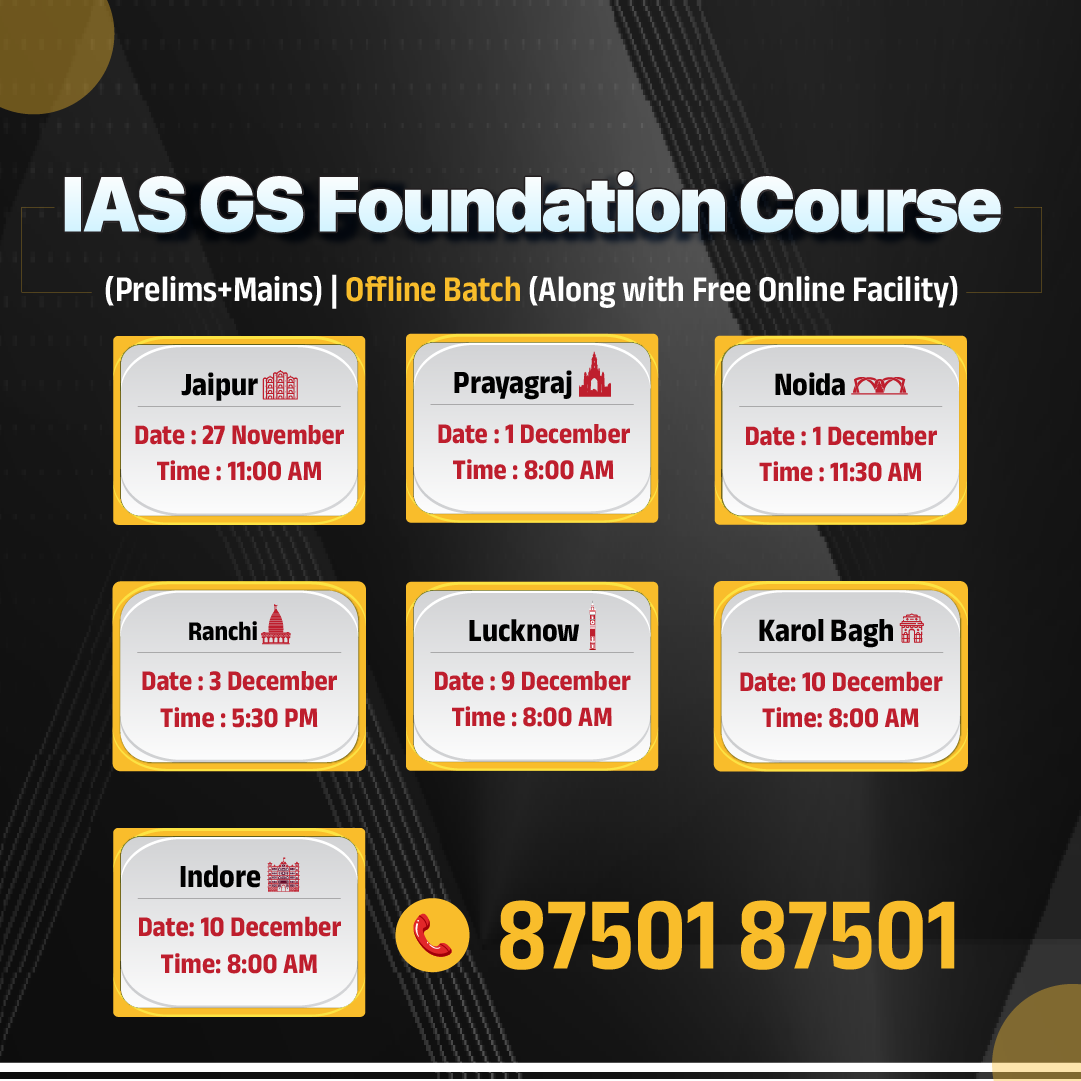
.jpg)
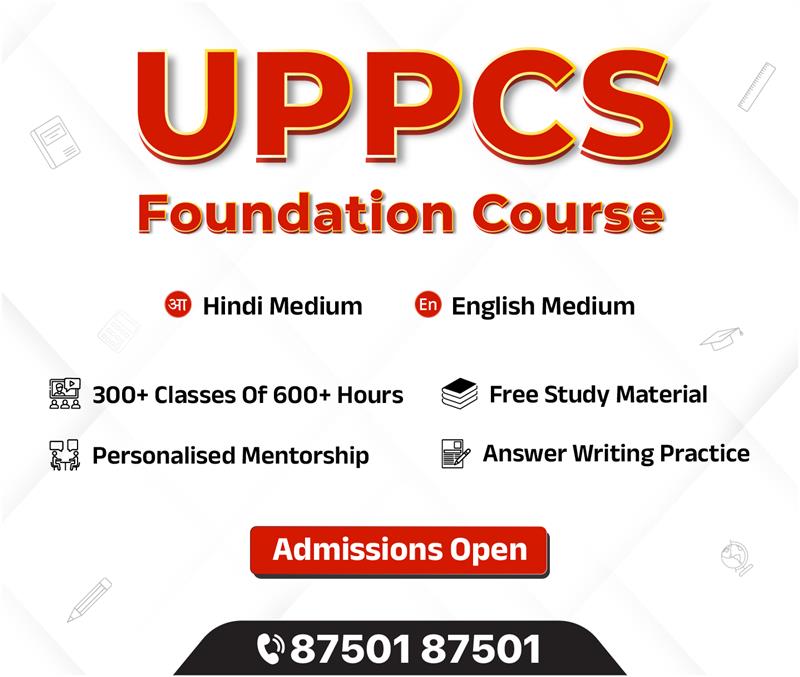



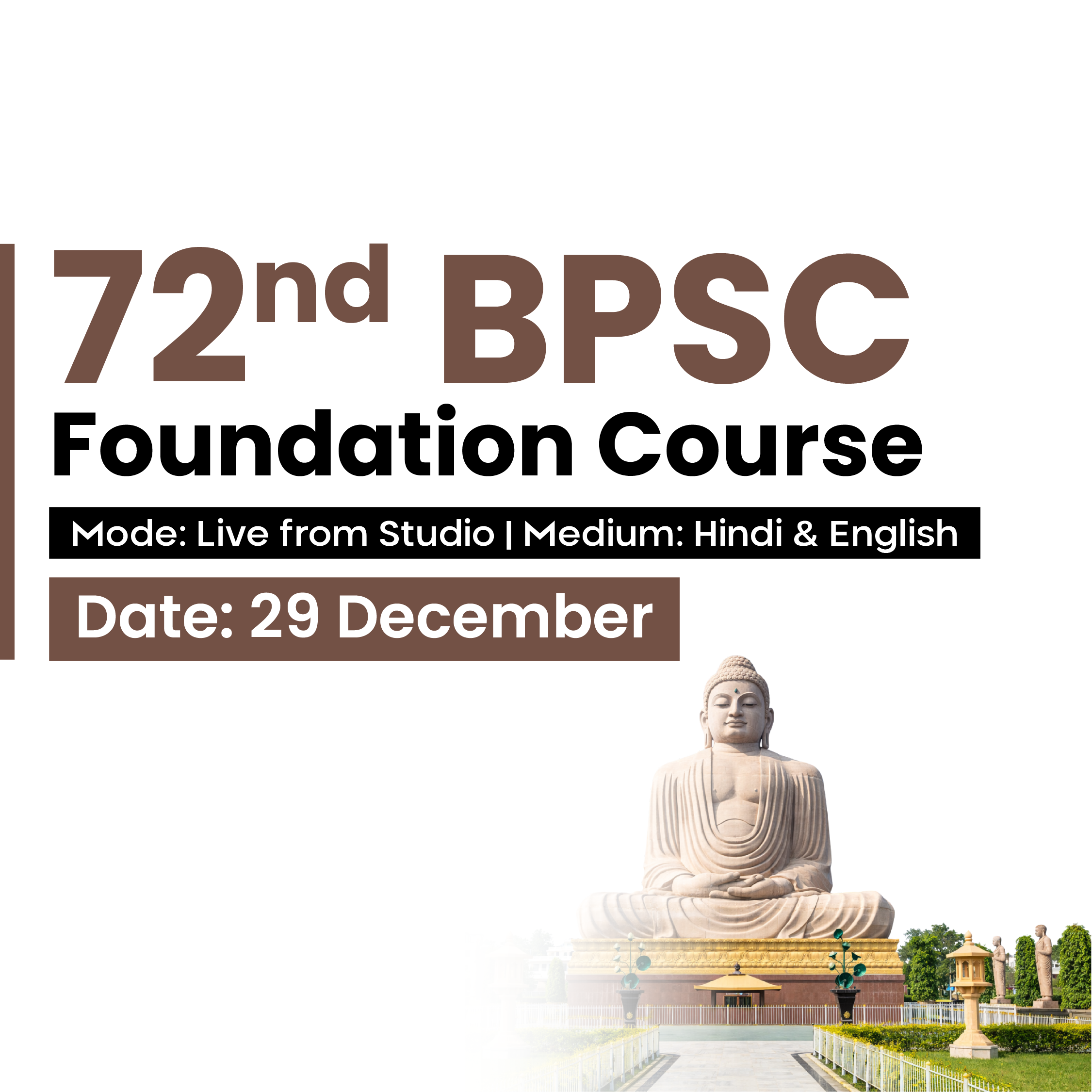

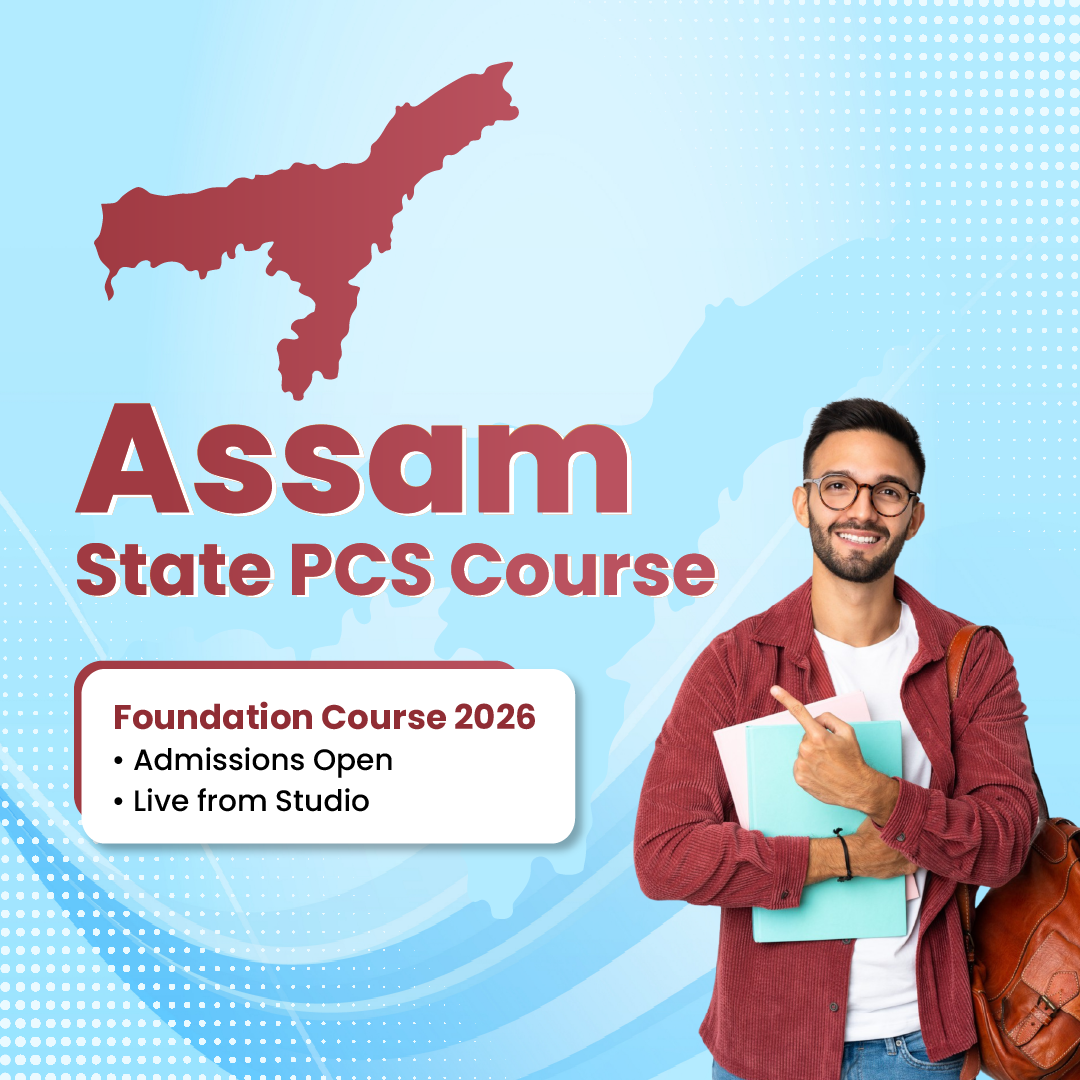

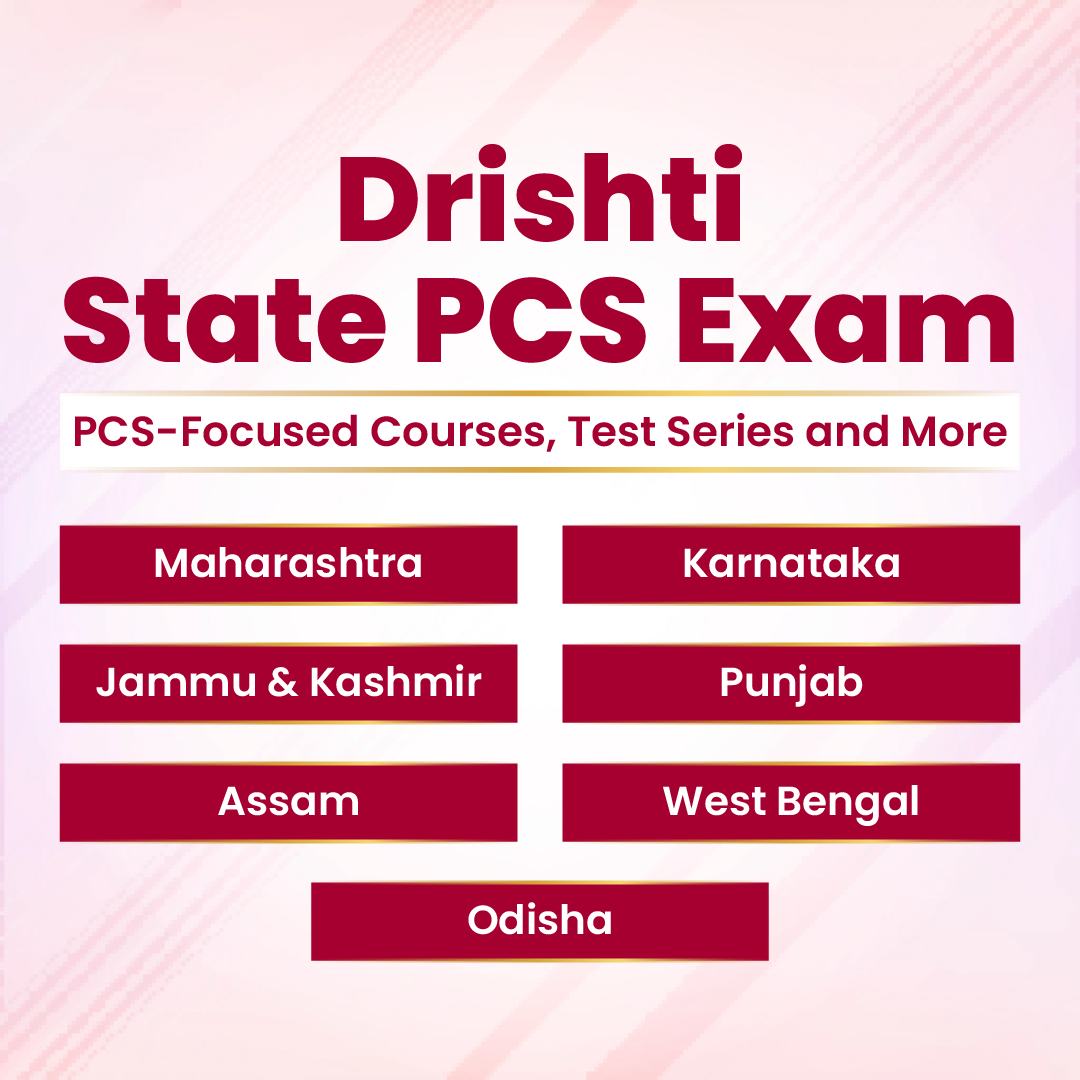

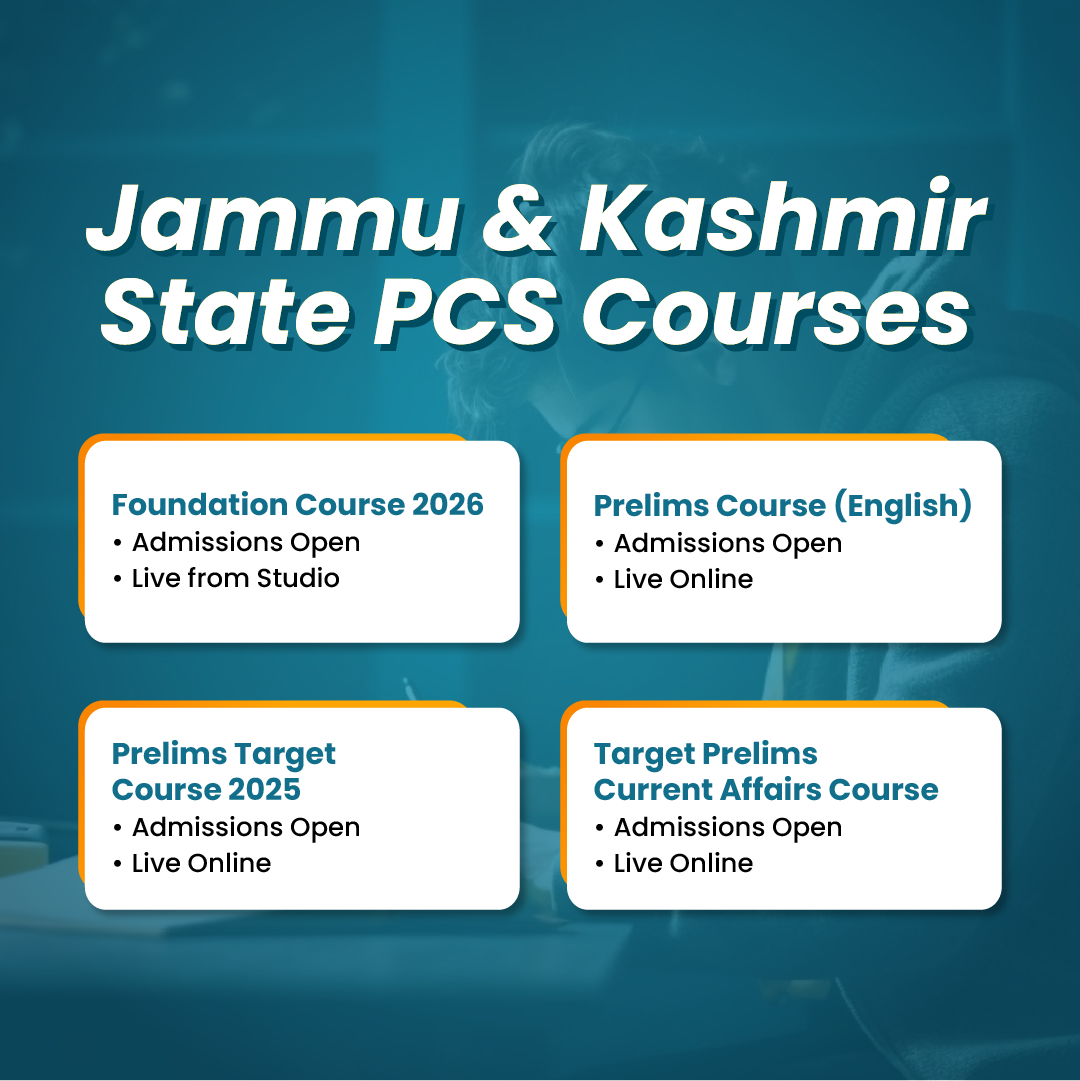

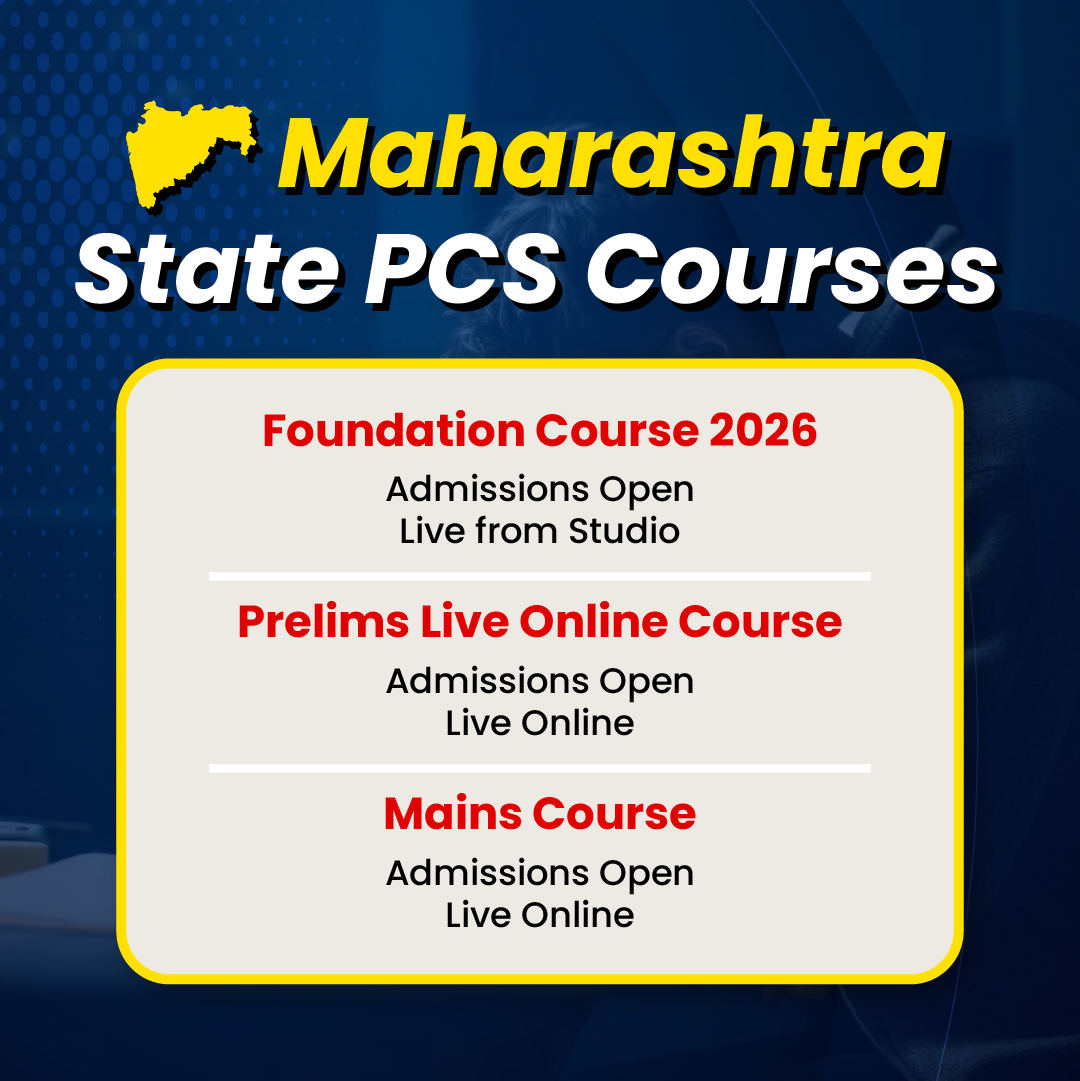

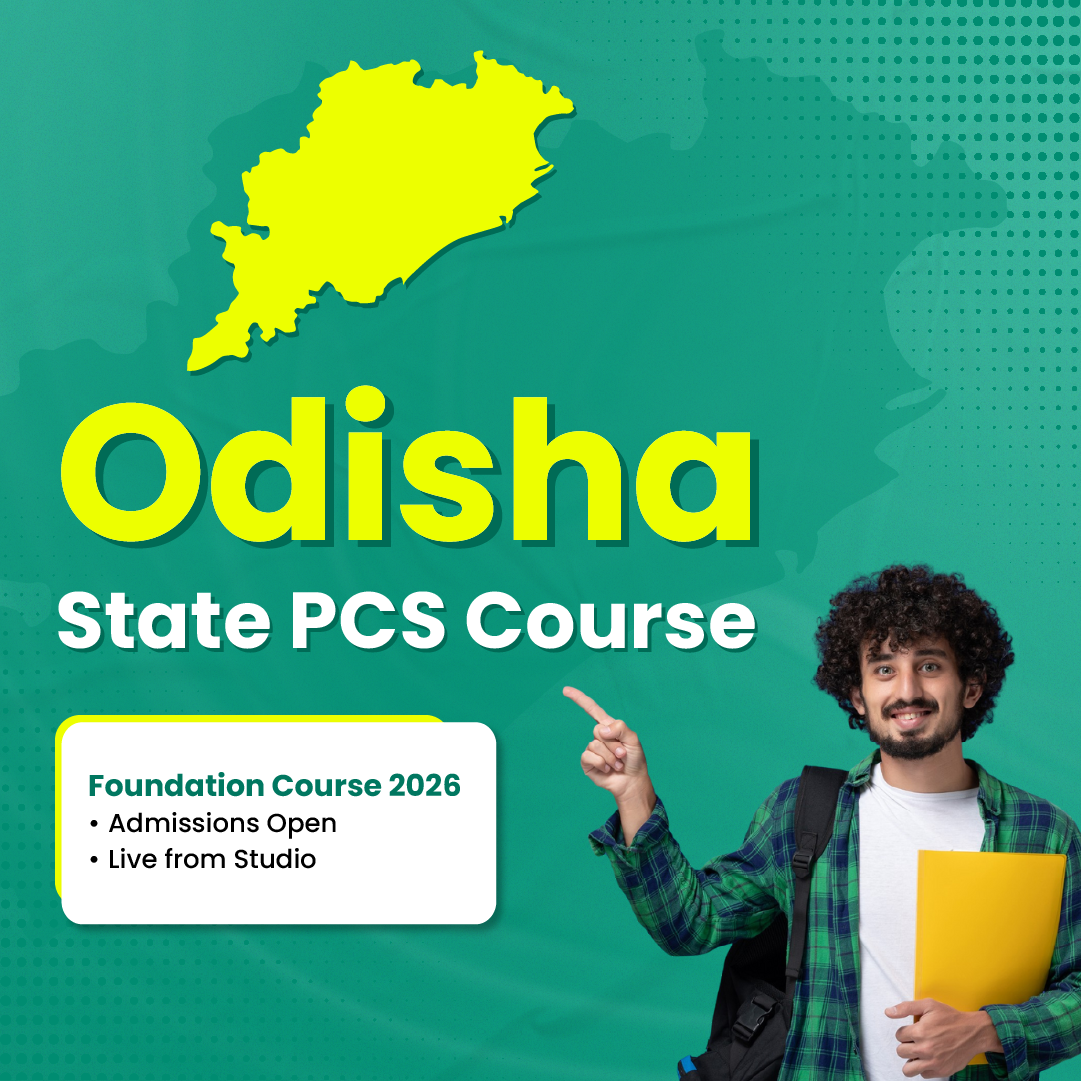



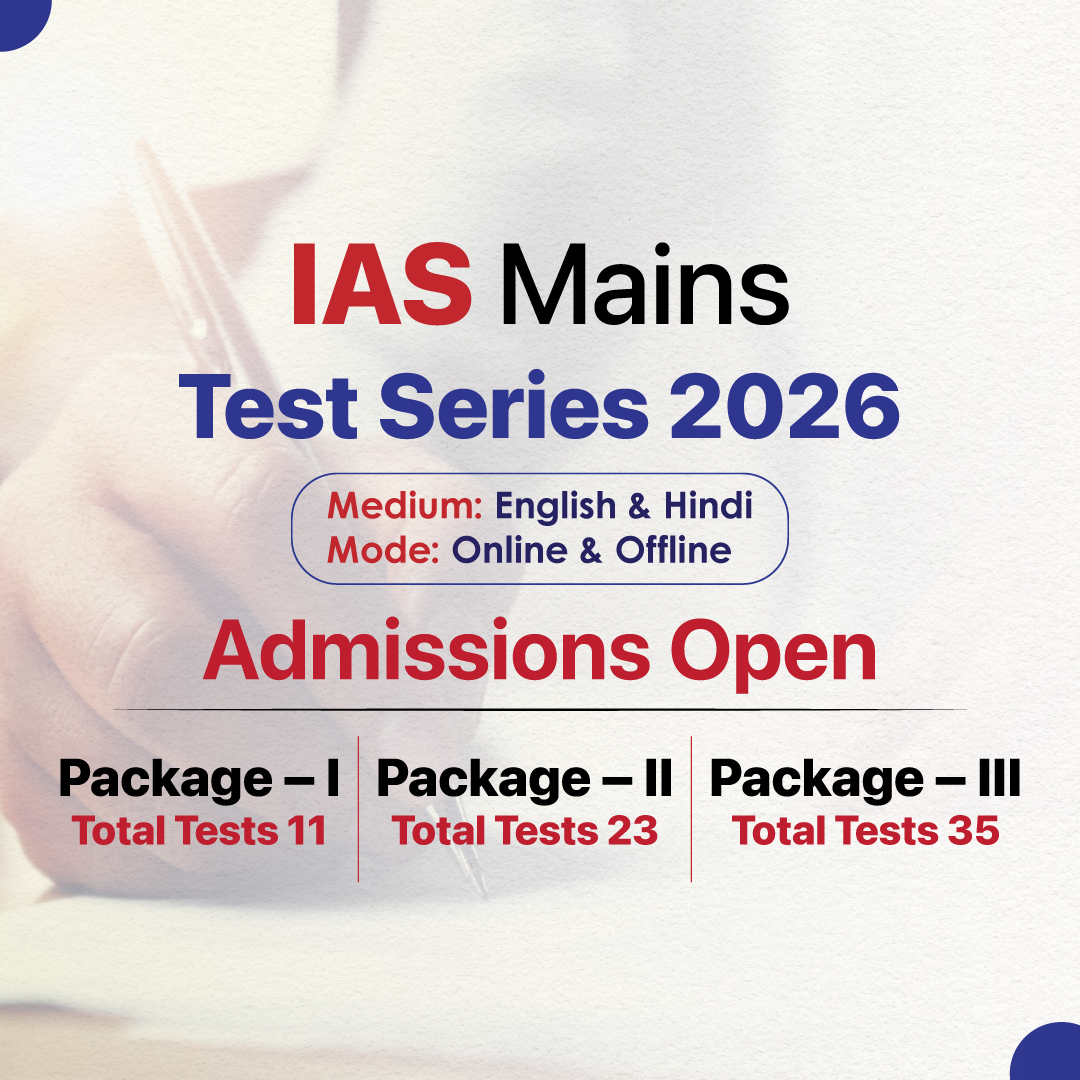

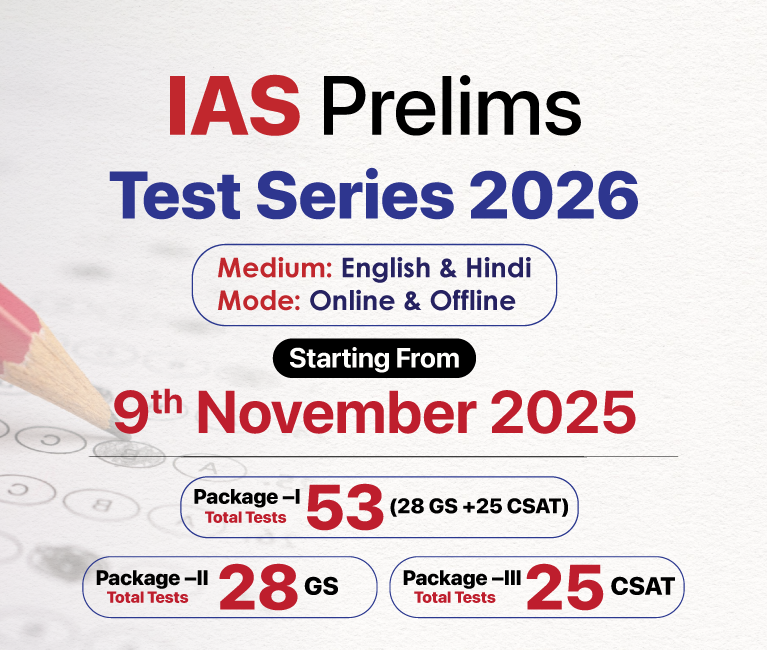


.png)


.jpg)

 PCS Parikshan
PCS Parikshan